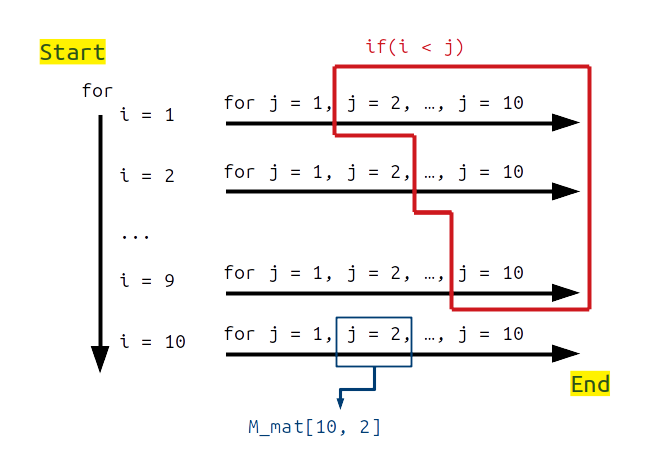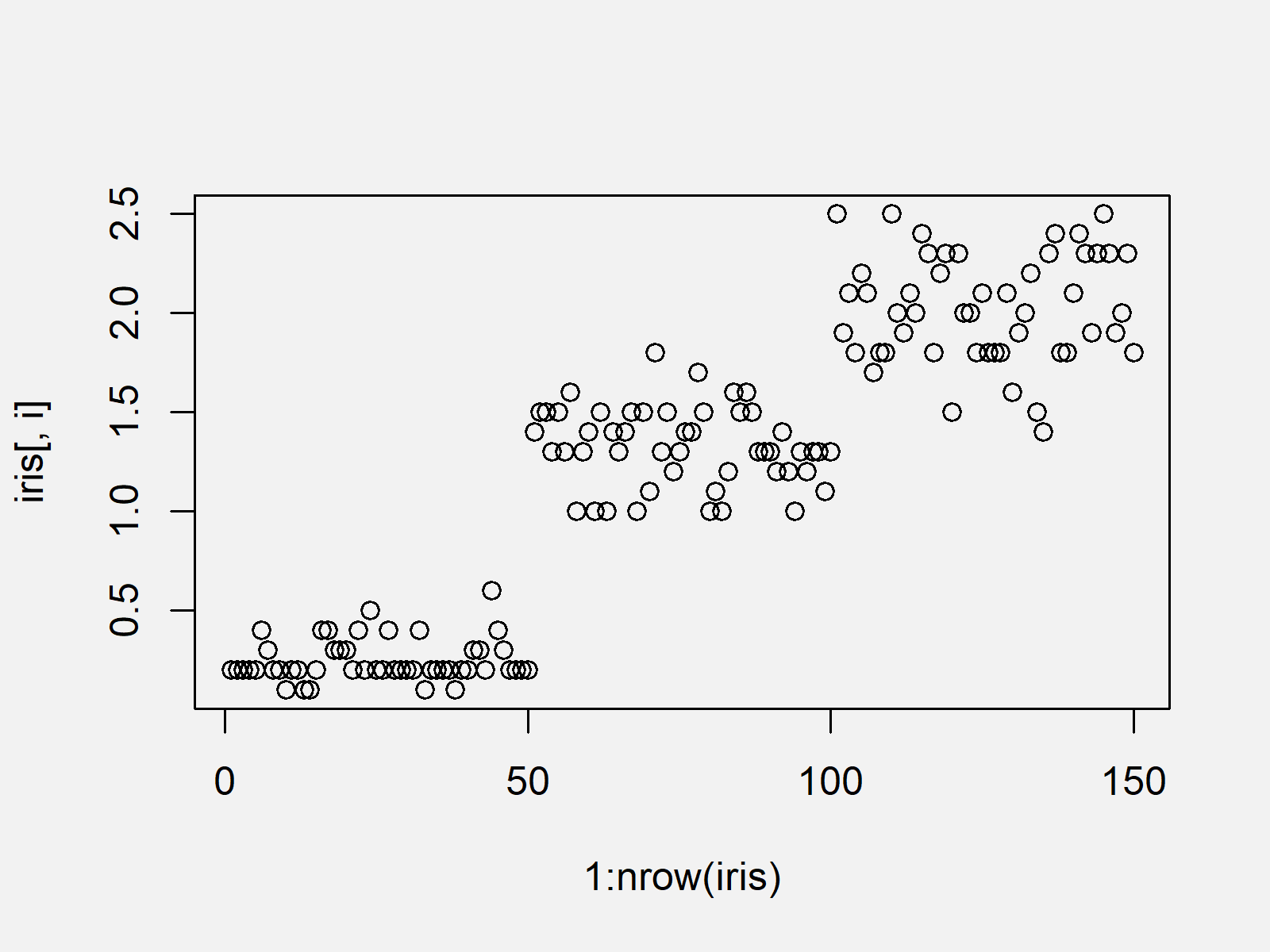

There are many ways to initialize C++ vectors. The following R codes is again using the assign function, but this time within a for-loop. You’ll see this advantage in the next example in action Example 2: Applying assign Function in for-Loop.


Vectors in C++ work by declaring which program uses them. What people are referring to, is that you should not write for loops in R and instead use the ready-made functions that are much.
#How do you create avector without a loop in r code#
When you are reading about R, you might see suggestions that you should try to vectorize your code to make it faster. This reallocation relates to how size and capacity function works. In R, it is always faster to try to find a way of doing things without writing a loop yourself. In C++ vectors, automatic reallocation happens whenever the total amount of memory is used. Examples 1 and 2 illustrate the basic application of sqrt and Examples 3, 4, and 5 show some typical warnings and errors that can occur when sqrt is applied in a wrong way. There are different ways to do that: using the iterative method, assignment operator =, an in-built function, or passing vector as a constructor. In the following article, I’ll show you five examples for the application of sqrt in the R programming language. If you use vectors, you can copy and assign other vectors with ease. It is a template class, which means no more typing in the same code to handle different data. Since it’s possible to resize C++ vectors, it offers better flexibility to handle dynamic elements.Ĭ++ vectors offer excellent efficiency. It is handy if you don’t know how big the data is beforehand since you don’t need to set the maximum size of the container. Vectors C++ are preferable when managing ever-changing data elements. Bear in mind however, that a vector might consume more memory than an array. It is efficient if you add and delete data often. That makes it different from a fixed-size array.Ĭ++ vectors can automatically manage storage. Specifically used to work with dynamic data, C++ vectors may expand depending on the elements they contain. C++ vectors are sequence containers that store elements. Std::cout ::iterator it2 = std::find_if(vecOfNums.begin(), vecOfNums.Vector is a template class in STL (Standard Template Library) of C++ programming language.

Std::cout result = findInVector(vecOfNums, 45) In words this is saying, 'for each value in my sequence, run this code.' Examples could be, 'for each row of my data frame, print column 1', or 'for each word in my sentence, check if that word is DataCamp.' Lets try an example First, you will create a loop that prints out the values in a sequence from 1 to 10. Std::vector::iterator it = std::find(vecOfNums.begin(), vecOfNums.end(), 22) Std::vector vecOfNums = įind an element in vector using std::find In this article we will different ways to find an element in vector and get its index.


 0 kommentar(er)
0 kommentar(er)
